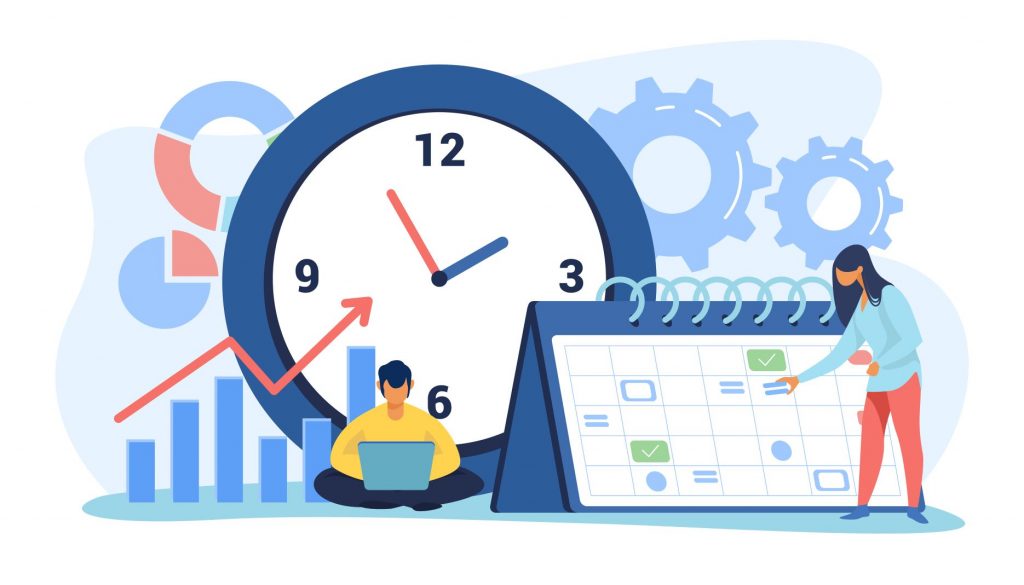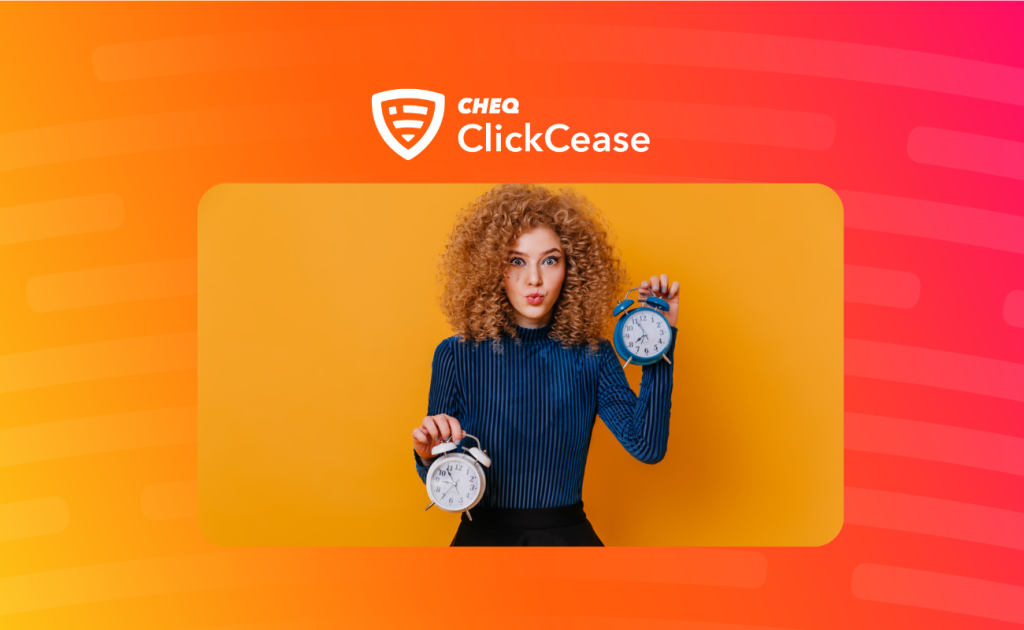Could the practice of changing your ad schedule by time and day, known as dayparting, save you money and make your ads more effective?
Pay per click advertising, when used properly, can be a goldmine for your business. Of course, that one keyword – properly – can be quite a hurdle. It’s hard to implement PPC advertising in a manner that provides your business with plenty of high-quality leads for a reasonable investment. If you don’t find enough leads, or if those leads cost too much, the whole venture will be a failure.
This is not the type of thing you can build once and then leave alone to run for months on end. A good PPC campaign will be monitored and adjusted constantly. Running frequent tests to see how changes to your plan will impact outcomes is a cornerstone technique used by ad managers everywhere.
So in this article, we’re going to look at dayparting and how you can use it to maximise your PPC campaigns.
What is Dayparting?
Dayparting is the practice of dividing an online ad campaign to run at different times during the day. For example, you might have a campaign that you have identified works best during work hours, between 10 am and 4 pm, and then after 7 pm until 10.30 pm. Rather than running the ad for the whole day, you turn it off when it is least effective and turn it back on again to run at the optimal time.
While it would obviously be easier to just run the same PPC ads at the same bid for all 24 hours, research done by Service Direct indicates that doing so may be a waste of valuable resources.
You can use dayparting with any PPC ad campaigns, including Google Ads and Facebook Ad campaigns.
Some Intriguing Numbers
Given how many scheduled ads we manage at one time, optimizing bid strategy by using dayparting can improve our bottom line numbers, and also achieve better results for our clients.
With that in mind, we decided to research whether or not the time of day was an important factor in the efficiency of our ads. When we tallied it all up, the results were conclusive – using dayparting techniques to alter our ad schedule days and times could save money and get more leads.
Specifically, we found that there was a dramatic decrease in conversion rate at certain times, especially between business hours and after-hours clicks. We were getting a conversion rate of nearly 12% during the day – but that number plummeted to only 3.5% after-hours. Ouch.
The impact of that drop in conversion rate became very real when we analyzed the cost for us to convert that visitor into a lead. During the best hour of the day for us (10-11AM), that cost was just under $40.
Compare that with our worst hour (1-2AM), and that cost skyrocketed to over $180. Ouch OUCH! A 355% increase in cost.
Of course, it’s important to factor in the cost of those clicks, as cheaper late-night clicks could potentially make up for the hit in conversion rate. But that was not the case. Our after-hours clicks were less expensive, but only 16% lower than the clicks we purchased during the day. And, obviously, that 16% discount doesn’t come close to making up for the massive drop off in conversion rate.

Shut It Down?
After a quick look at the data, you might decide that the best course of action is just to shut down your digital ads after a certain time of day. For instance, once the clock strikes 6 p.m., you may have your ads set to discontinue until the next morning, or the next business day. That is an option, but it’s probably not the optimal strategy for your business.
There are still customers to be found after-hours, and those customers can be quite valuable in the long run. So, you don’t want to miss out on the chance to target those customers, you just want to make sure you aren’t paying a higher CPA than necessary.
With that in mind, we have two recommendations for ad scheduling that you’ll want to consider –
- Bid less. This point is probably pretty obvious. If you are going to get a lower conversion rate after hours, you should set your bids lower. It may take some experimenting to dial in on a bid level where you can still generate clicks without spending far more per conversion than you spend during the day. Remember, you need to keep the big picture in mind here and think about your customer acquisition costs compared to the customer’s lifetime value for your business. Even if you pay a little more at night for each customer, the math still may work out in your favor.
- Tweak the message. Not only can you alter how much you are willing to bid for each click after-hours, you can also control which ads are displayed during that time of the day. So, try to alter your messaging to hopefully improve conversion rate. For instance, we have found that people are hesitant to pick up the phone and call a business after-hours, even if that business states that they are open. So, you could promote an option to fill out a form instead of calling. The lead may be more likely to take that action, and your conversion rate could climb as a result.
It is possible that your best course of action is to simply quit showing ads after-hours, but don’t jump to that conclusion right away. Experiment with some other possibilities and see if you can make the changes necessary to extract value even after the sun goes down.
Using Dayparting With Google Ads and Facebook Ads
Using day parting techniques with Facebook Ads scheduling, or with Google Ads, is very straightforward. Both of these platforms allow you to edit your ad schedule to run at certain times of day, or to schedule ads on a specific day.
In fact, with the cost of keyword bids on Google Ads changing at specific times of day, it can be very useful to work out your optimium ad schedule to save money.
Dayparting can also help minimise your exposure to the effects of click fraud and ad fraud – the issue of non-genuine clicks such as bots and fake profiles on your ads.
You can find out more about click fraud in our complete guide.
Industry dependent results
This research into dayparting was based on well over a million dollars in ad spend, and hundreds of thousands of clicks purchased. This is a large sample and we feel it makes for a representative study that can help to inform decisions for service businesses.
With that said, the individual nature of each market within that industry – and each business within a market – means that testing will always be the name of the game.
In other words, this research should provide you with the motivation to look into your own results and test out alternative ad scheduling strategies for your PPC ads.
Are your after-hours ads working better than those in our study – or perhaps even worse? Only after some number crunching and careful consideration of all factors can you determine how your PPC ad schedule should proceed.
We hope this insight has given you an exciting new direction to look for improvements in the way your marketing budget is used. Good luck!
This post was written by Ty Alea, Director of Search Marketing Product at Service Direct where he is responsible for creating and managing thousands of campaigns across local service industries for 1,000+ clients across North America.
